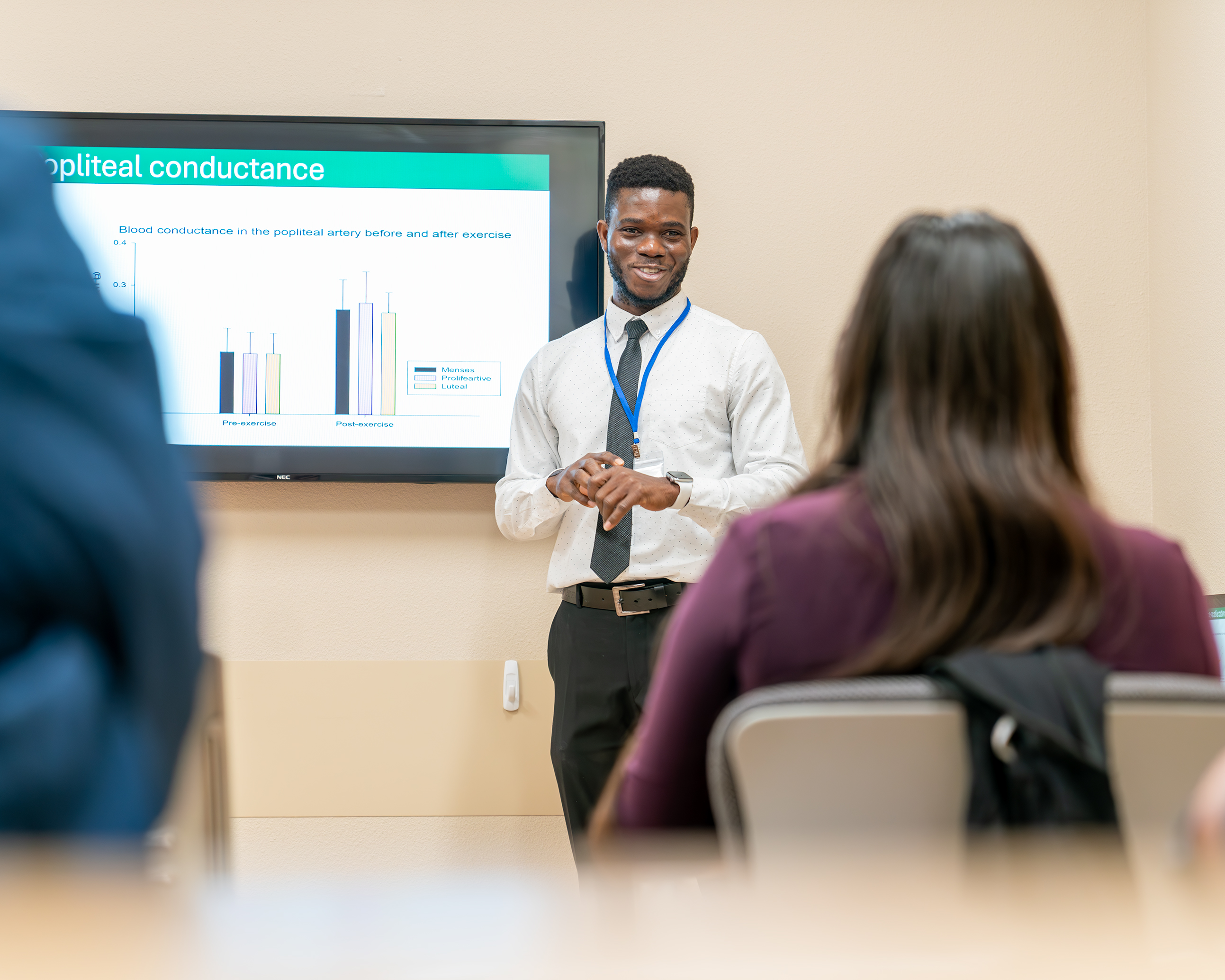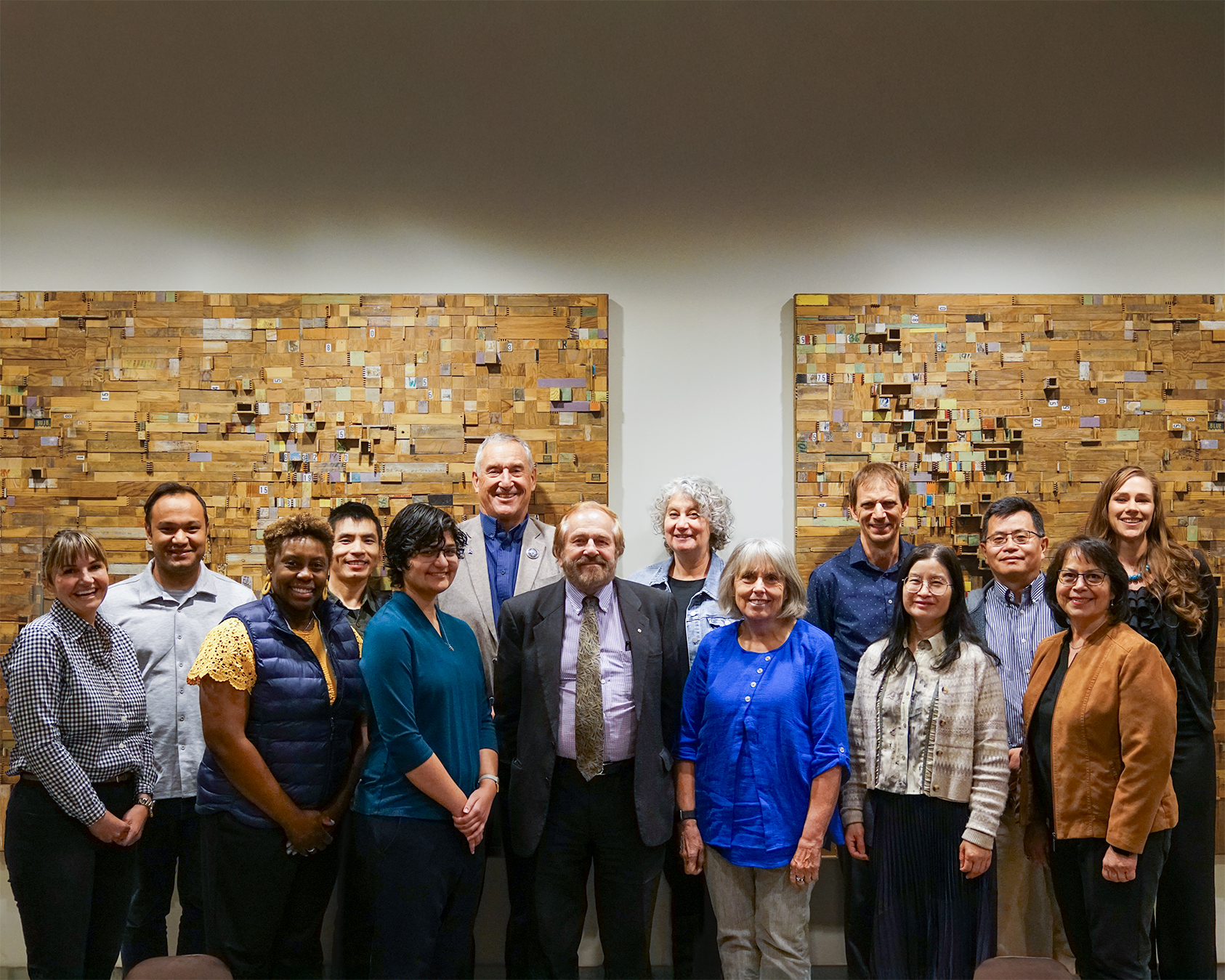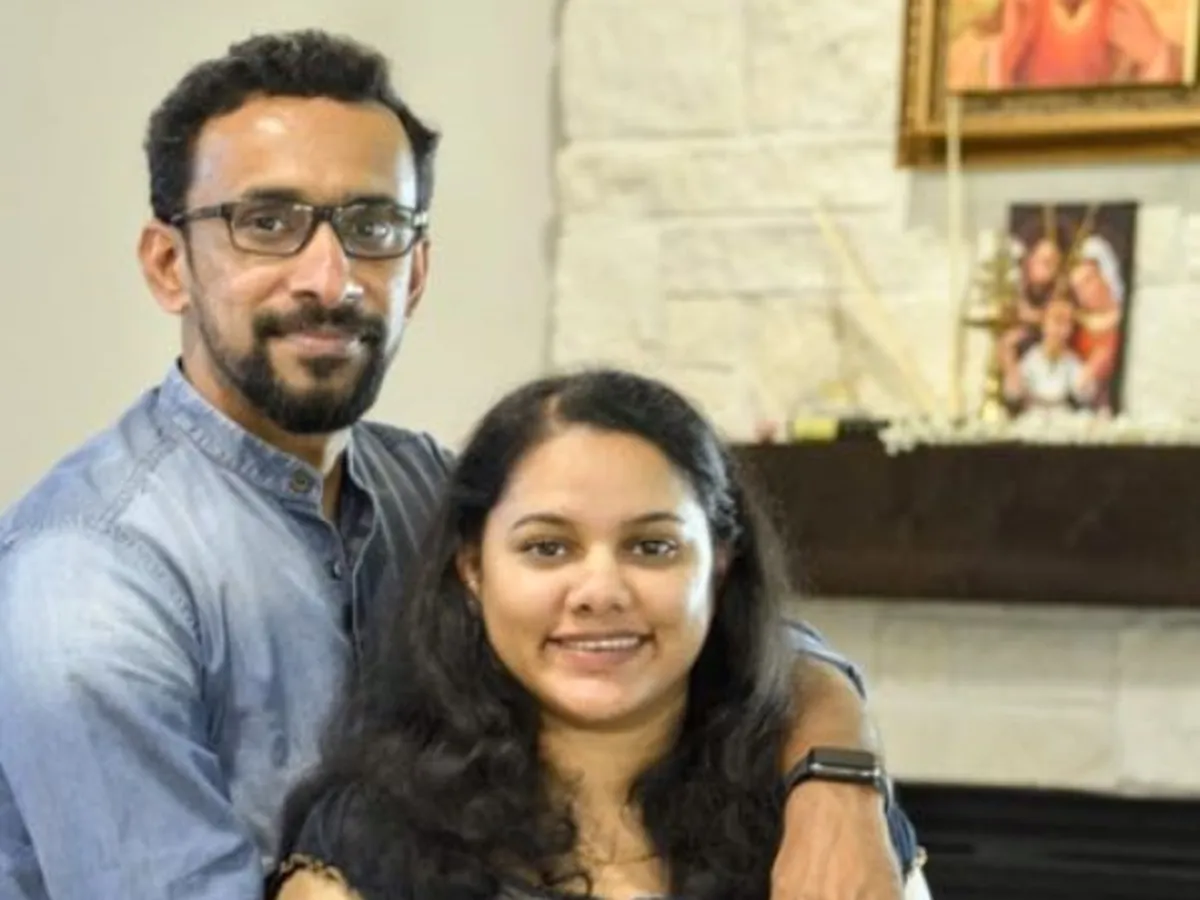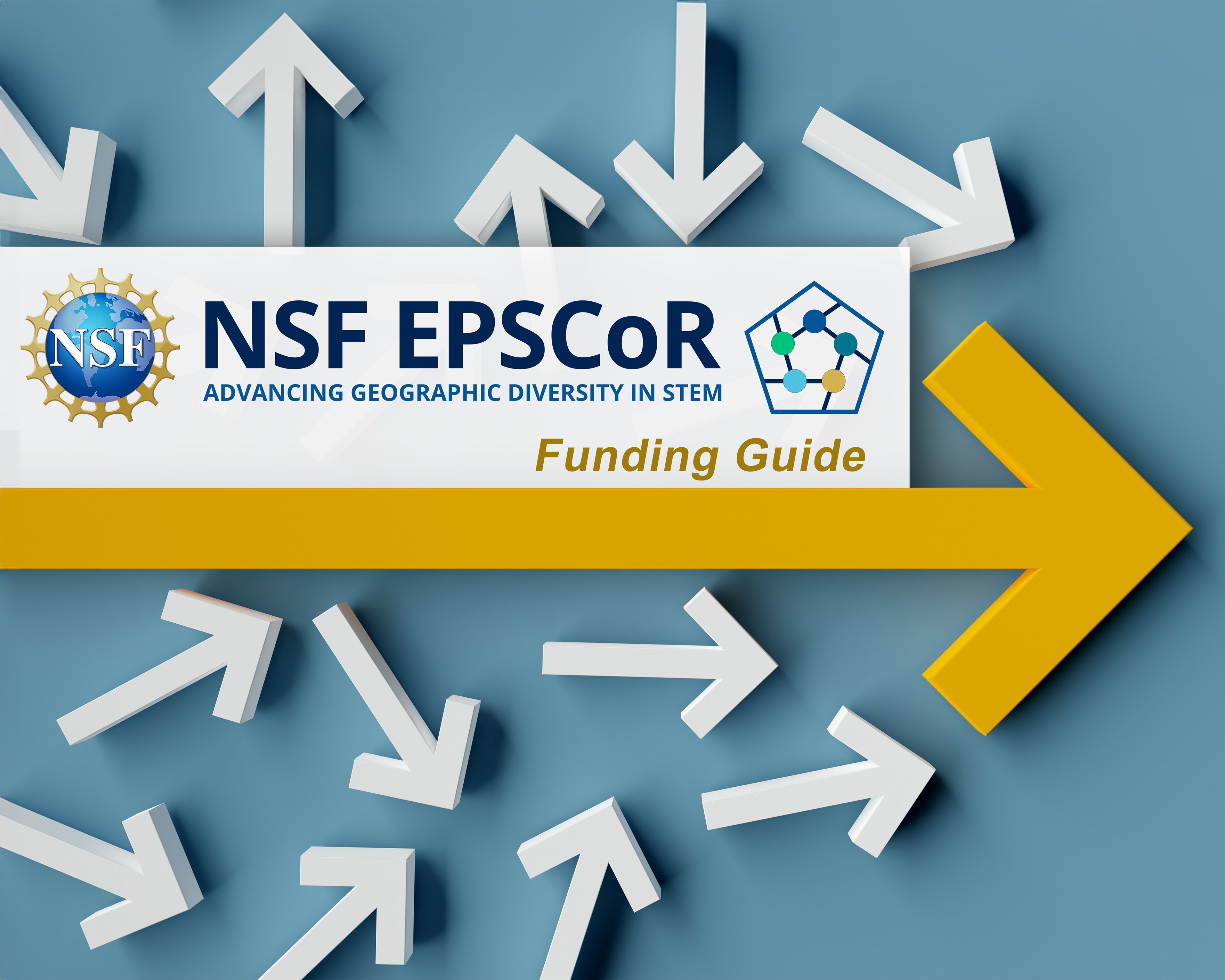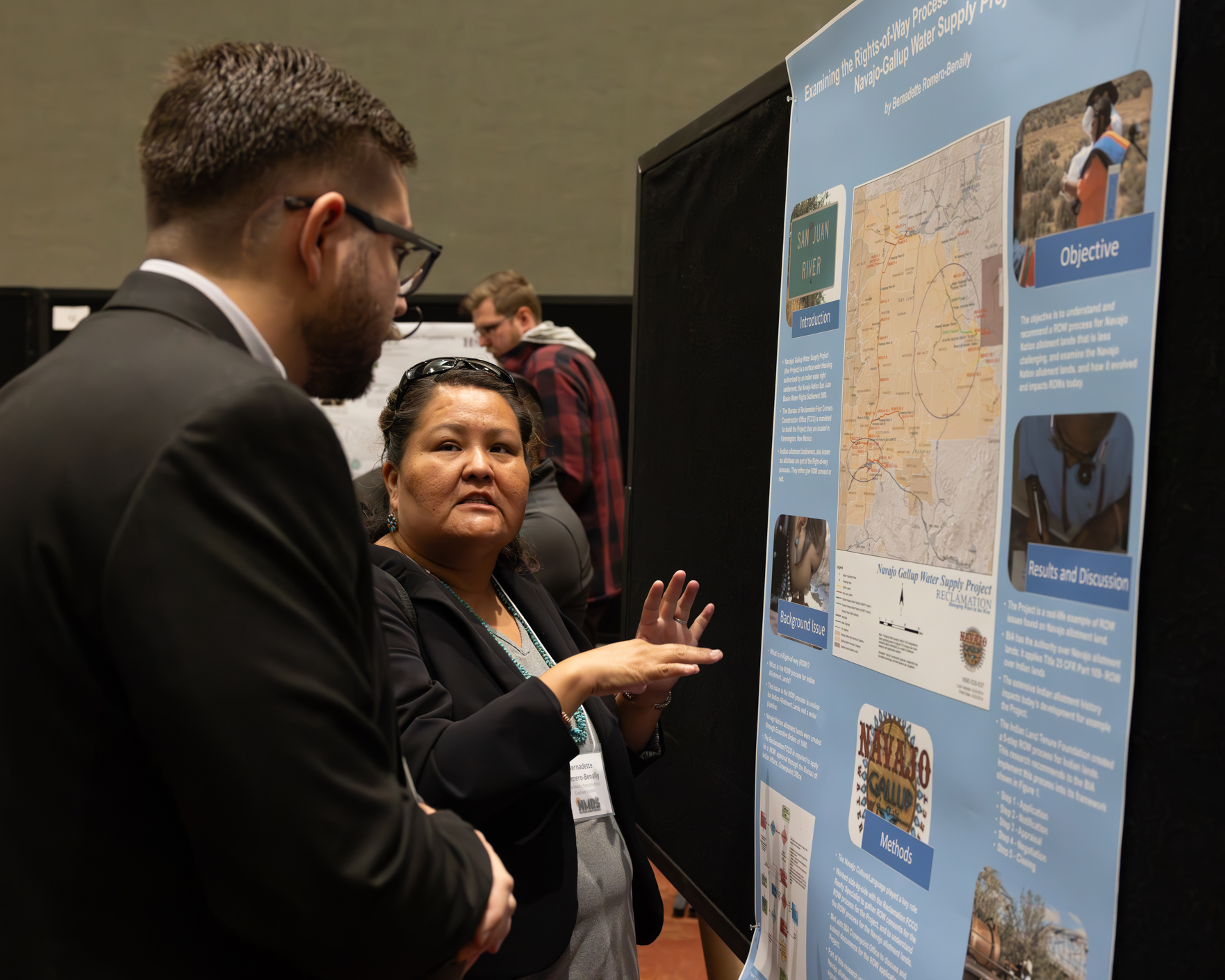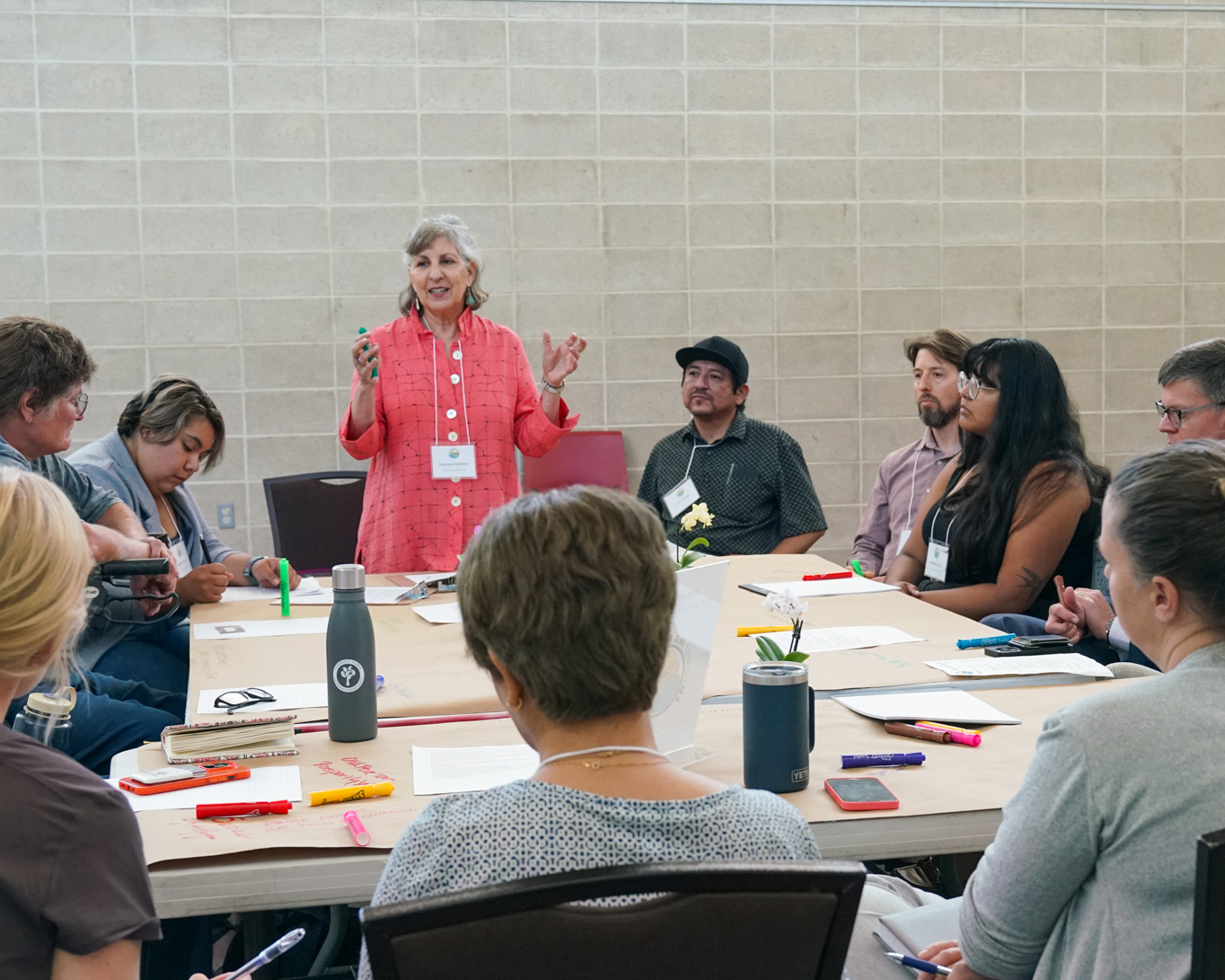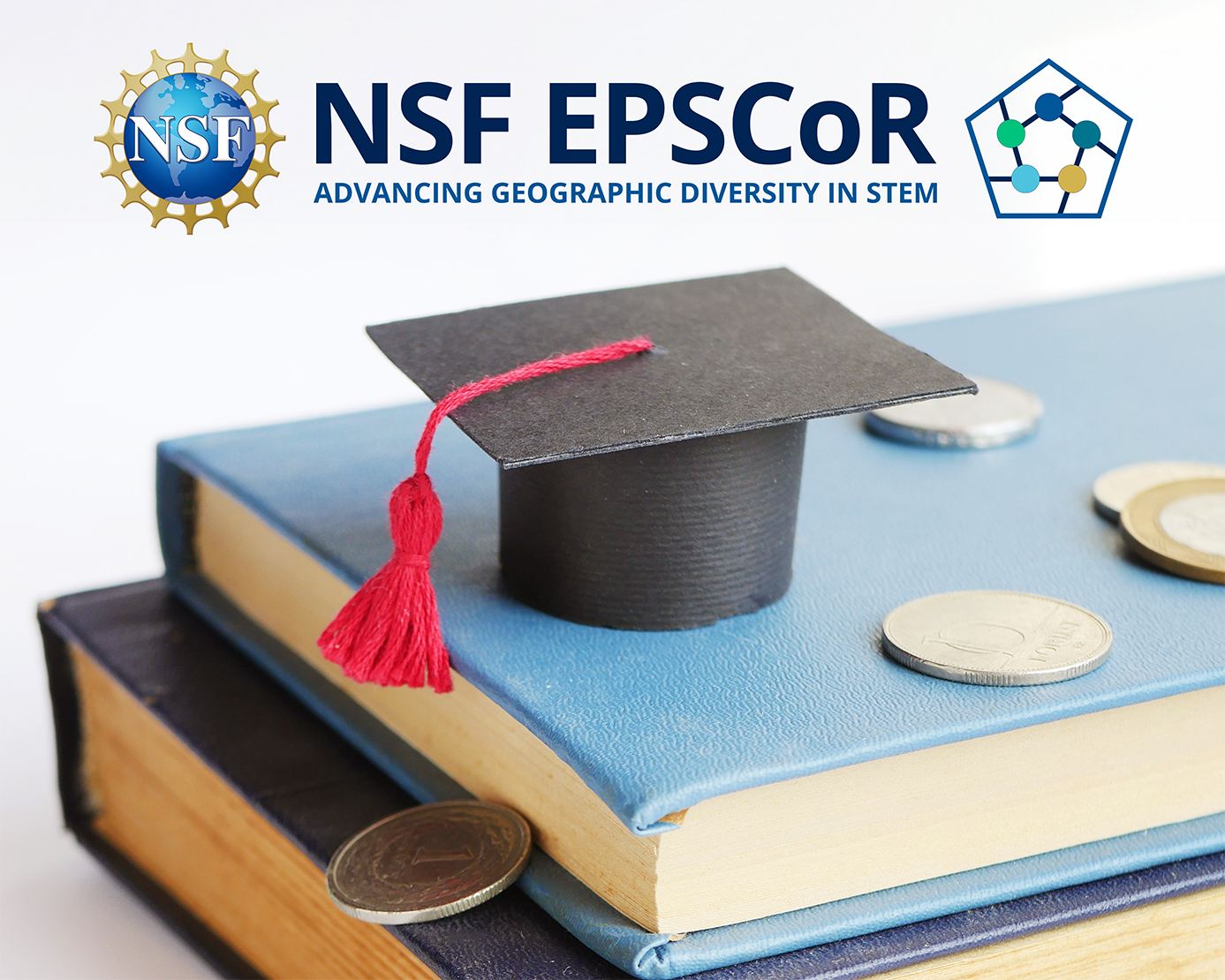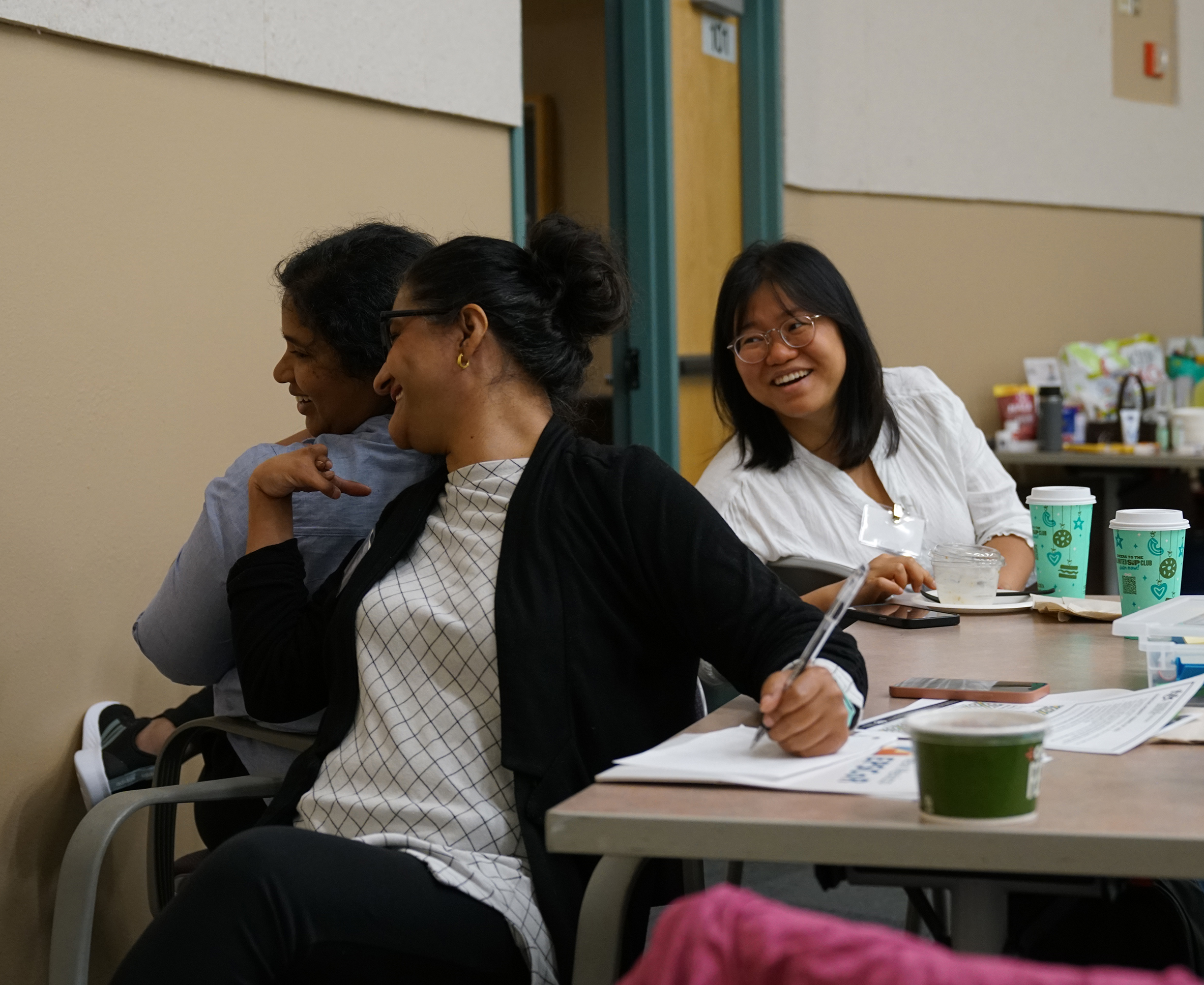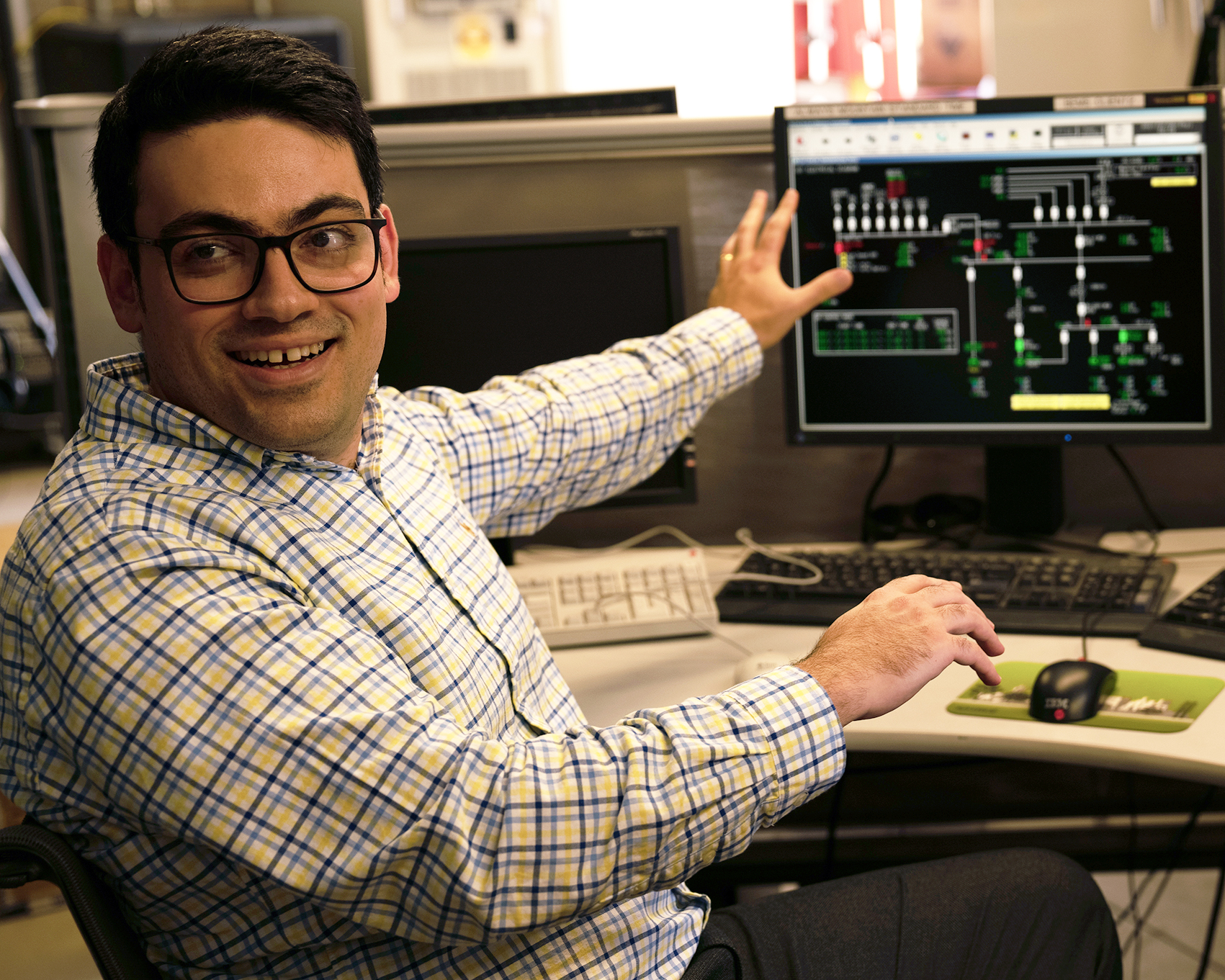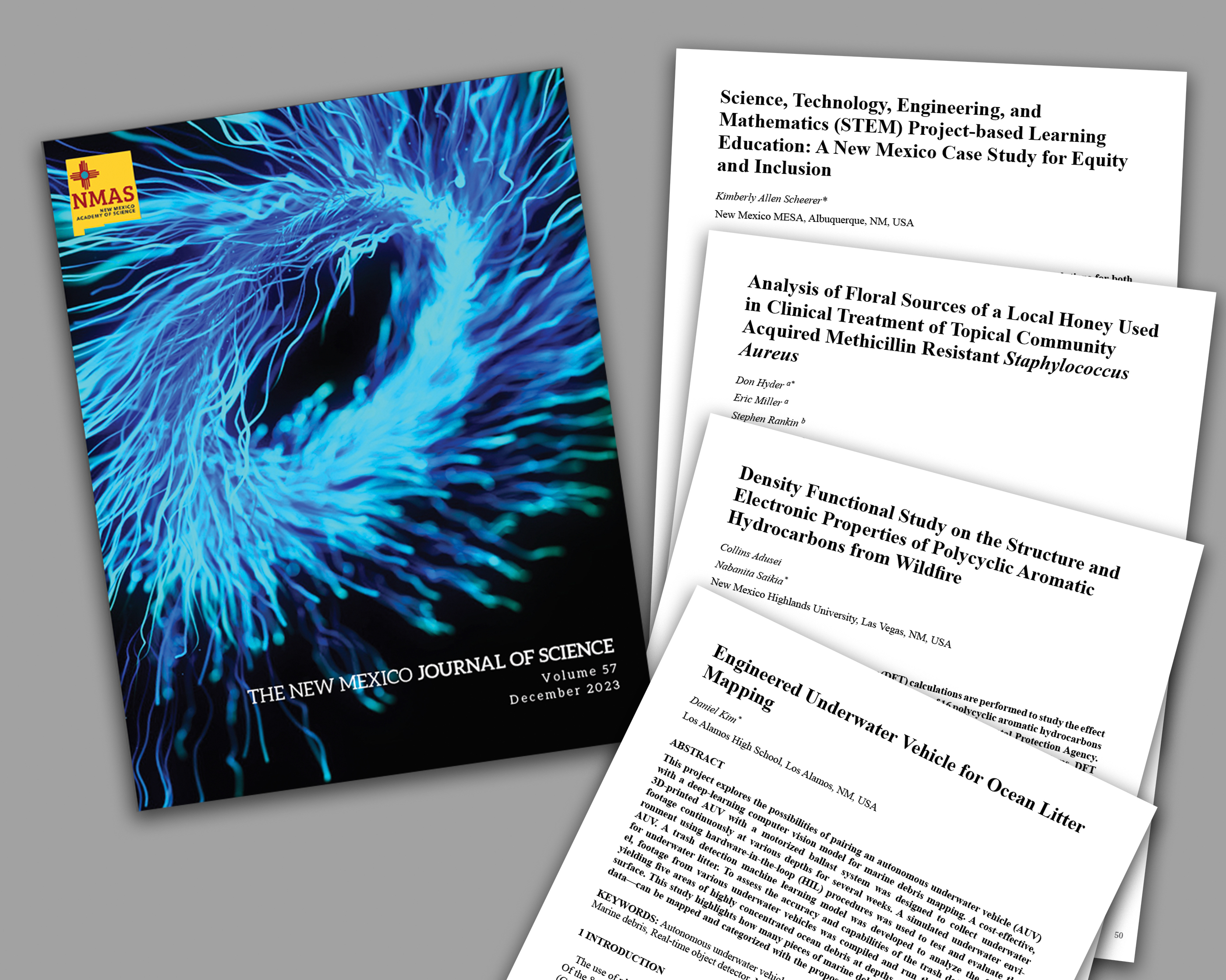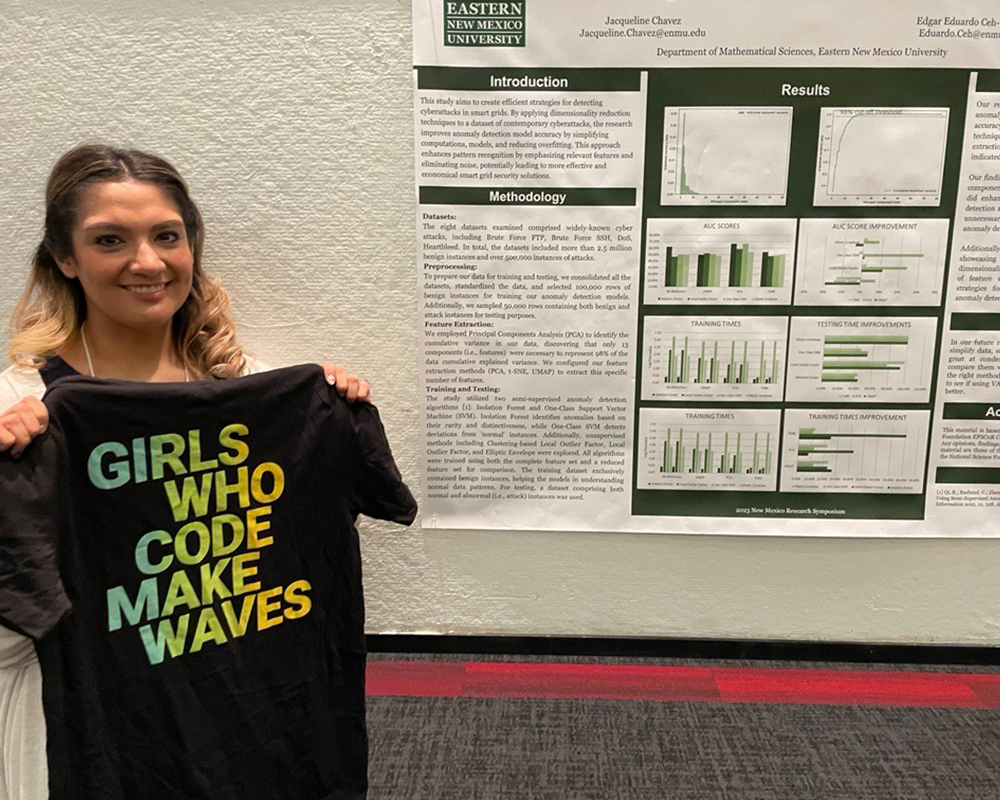When UNM ADVANCE announced their Women in STEM awards on June 17th, the NM EPSCoR team was elated to learn that three of the eight women have NM EPSCoR ties.
News Archive
Category
Ali Bidram, an Electrical and Computer Engineering Assistant Professor at the University of New Mexico, is the recipient of the 2020 IEEE Albuquerque Section Outstanding Engineering Educator Award, which recognizes those who have made outstanding contributions to the electrotechnology profession through teaching in industry, government or in an institution of higher learning.
Category
Every year the NM SMART Grid Center is required to submit three highlights from the previous project year to the National Science Foundation. For Project Year 2, the research themed highlights focused on work by Assistant Professor Ali Bidram and his PhD student Binod Poudel at UNM and advancements by Assistant Professor David Mitchell and his team at NMSU.
Here is what these outstanding team members are working on - summarized in 250 words or less.
Enjoy!
Category
Emphasis: This funding opportunity aims to create basic research collaborations between a pair of researchers, namely
Applicant/Principal Investigator (PI), a full-time faculty member who has never served as a PI on a prior DoD-funded award
Collaborator/co-Principal Investigator (co-PI), an investigator who will provide mentorship to the Applicant and has served as a PI on a DoD-funded research award actively between 1 October 2013 and 30 September 2020.
PIs and collaborators do&n
In 2005, Heather Canavan was hired as an Assistant Professor by the University of New Mexico’s (UNM) Department of Chemical and Nuclear Engineering with support from NM EPSCoR through RII2 NM NEW – an award focused on developing nanoscience and hydrology capacity within the state. For Heather, EPSCoR functioned much like a wood brace does for a newly planted tree sapling.
